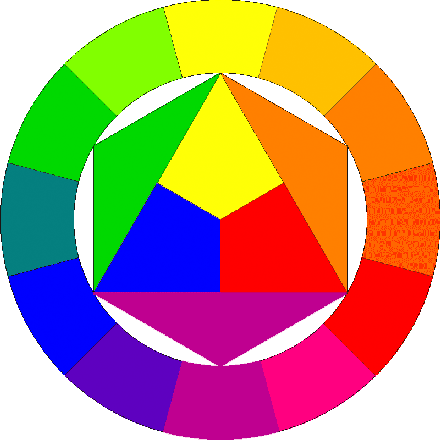Johannes Itten, Textile Pattern Artist
HdS Exhibition to mark 125th Anniversary
The world famous Swiss artist and educationalist Johannes Itten (11.11.1888 – 25.03.1967) also wrote part of Krefeld’s textile history through his commitment to textile pattern design and his theories concerning colours. Itten‘s theory of colours still serves weaving companies as a guideline to implement a pattern design in true colour right up to the finished cloth. His theory of colours is still the basis for all graphic professions, from pattern designers to web designers.
To mark the 125th anniversary of his birth, Haus der Seidenkultur (HdS) is dedicating a special exhibition to the inventor of the “Itten Chromatic Circle” which can be seen on Sunday 17th. November, 1st. and 15th. December from 11.00 to16.00 hours in Südbahnhof.
Johannes Itten first trained as a teacher, then studied art in Geneva and Stuttgart. In 1919 the artist was appointed by Walter Gropius to the Staatliche Bauhaus in Weimar where he was director for art until 1923. He gained international fame by developing the educational concept of a preparatory course.
At the instigation of Hermann Lange and Dr. Erich Raemisch (Verein deutscher Seidenwebereien – association of silk-weaving companies), Johannes Itten came to Krefeld in 1932 in order to take charge of the recently founded “Preußische Höhere Fachschule für textile Flächenkunst” (Prussian College for Textile Pattern Design). “Itten’s extreme sensitivity in relation to textiles was already evident when he was at Bauhaus”, says curator Dr. Ulrike Denter, who has studied the biography of the “textile colour specialist” in depth for HdS.
Throughout his entire life, Johannes Itten was deeply involved in colour systems and the properties of colours and he set up the classification of colour types. What never ceased to interest him was how colours and shapes influence one another and are dependent on one another. The chromatic circle which he developed in 1961 is still in use in weaving factories today.
“Very few people will have given thought to the fact that the colours in a woven cloth are mixtures of just three base colours, similar to those in the chromatic circle” explains point paper designer Günter Göbels, who at an authentic workplace demonstrates for HdS visitors how, for example, a brilliant orange colour is produced in a woven cloth by cleverly interweaving the warp and weft threads.
The Haus der Seidenkultur exhibition shines a spotlight on the eventful life of the educationalist and artist Johannes Itten and demonstrates the importance of his theory of colours for textile patterns in weaving workshops. 
In Itten‘s chromatic circle complementary colours are located diametrically opposite to one another.
According to Itten, gray is obtained when two complementary colours are mixed.
